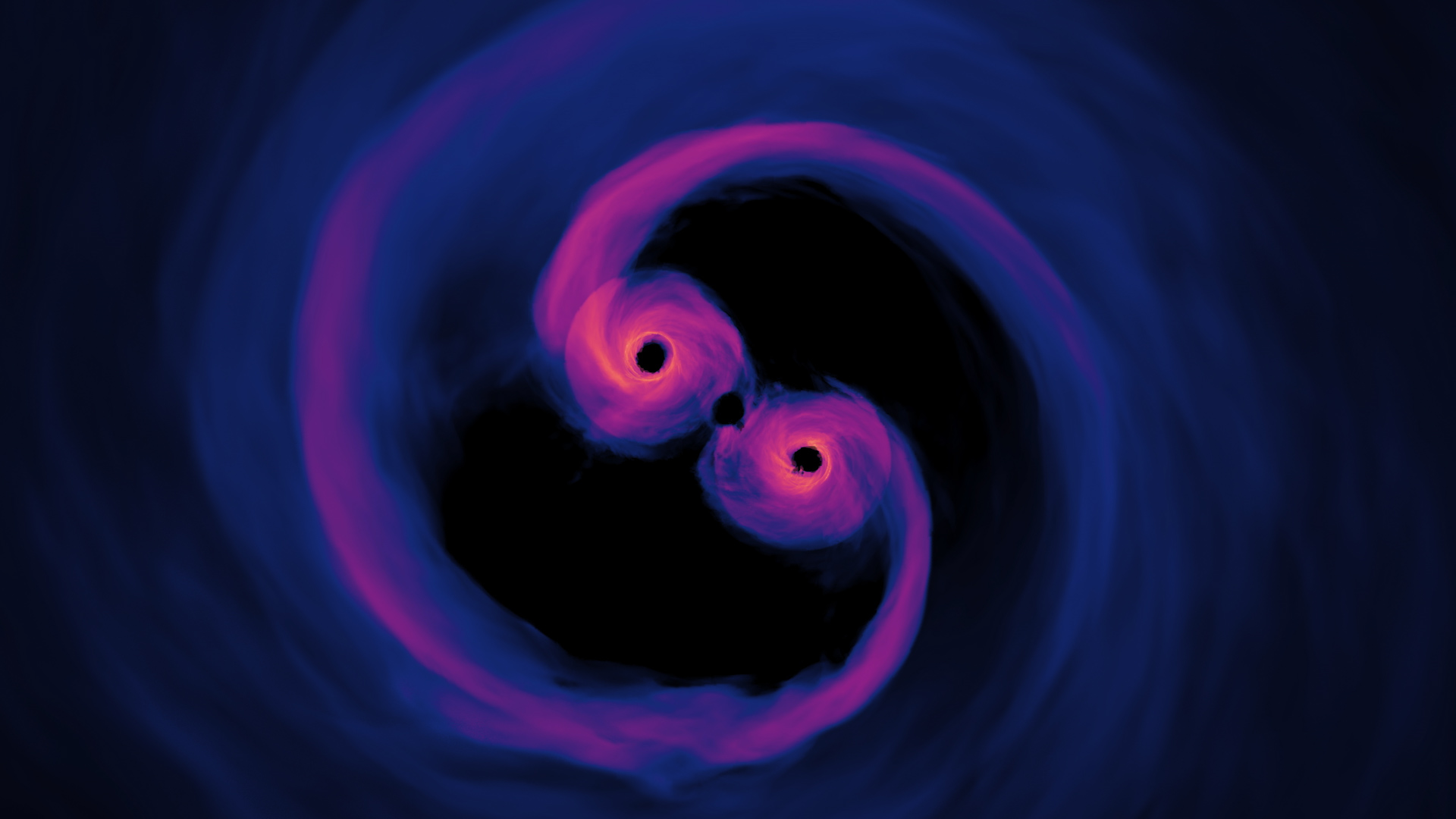
Continue reading
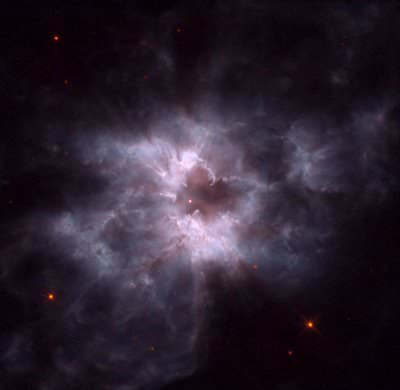
Continue reading
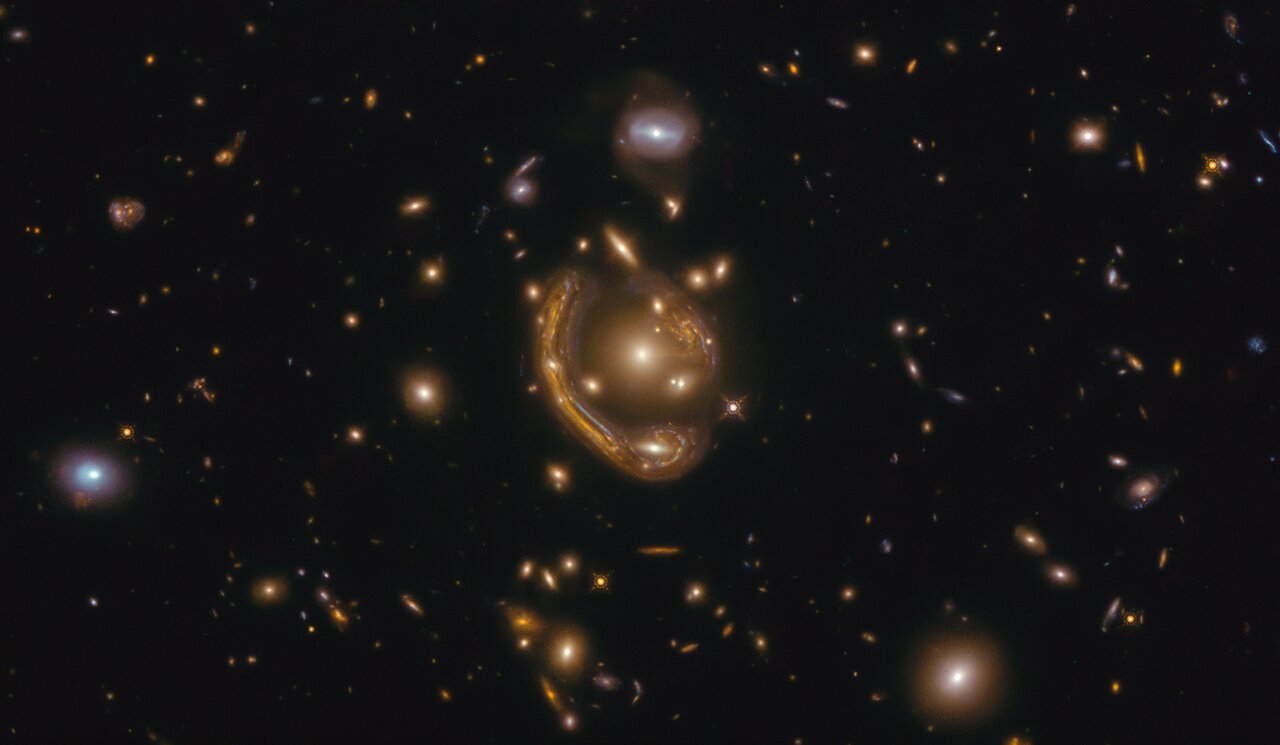
Continue reading
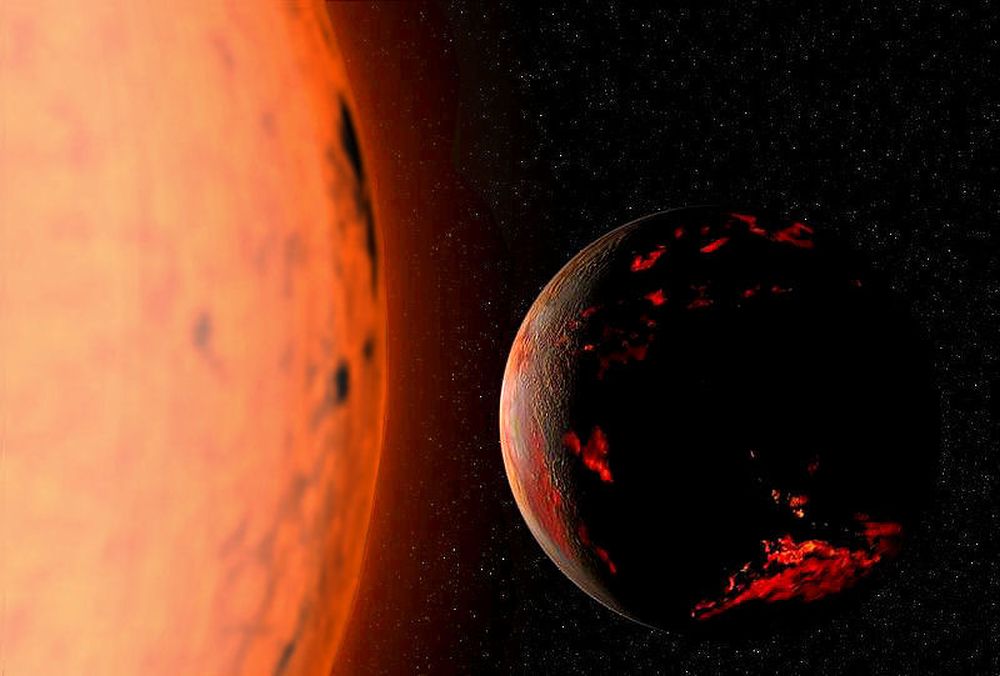
Continue reading
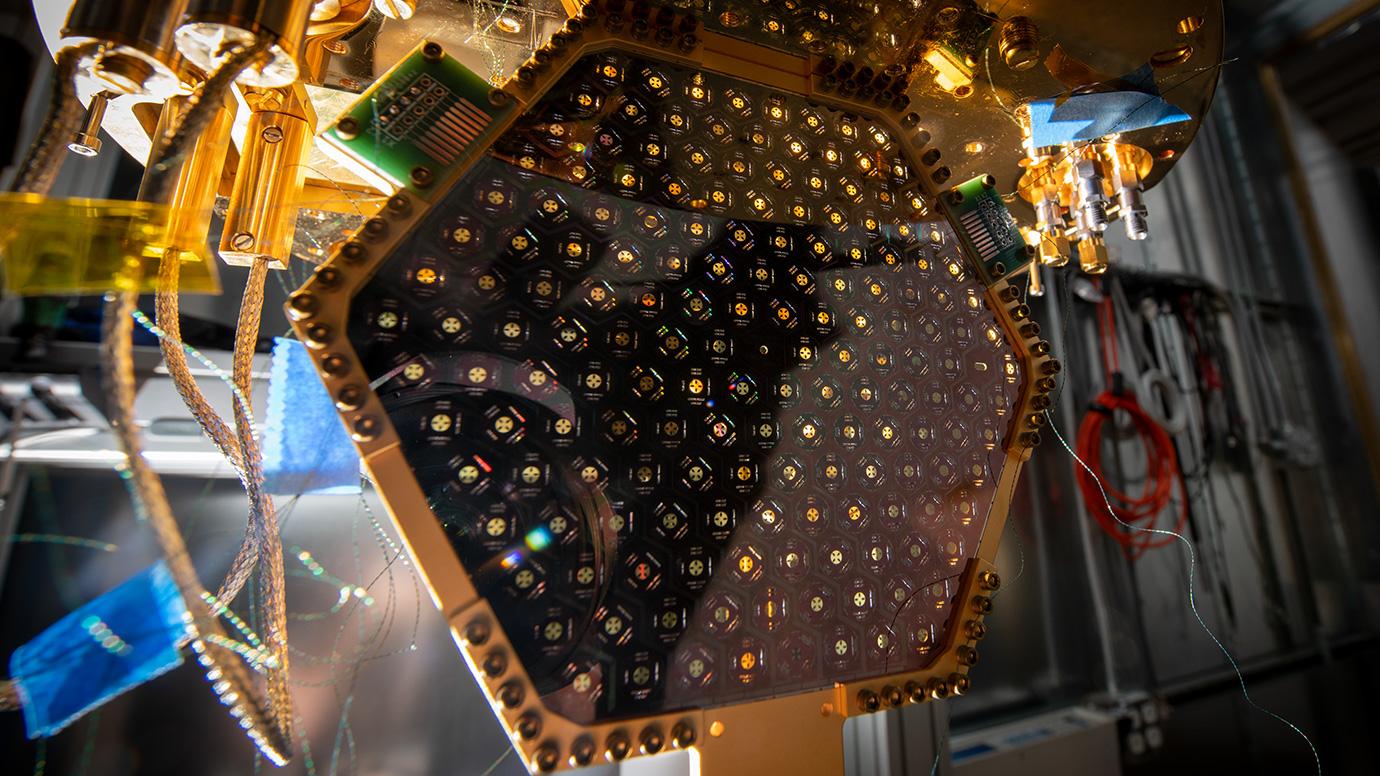
The NSF just awarded researchers at UChicago to start developing the CMB-S4 experiment, which will map the earliest moments of the Universe!
Continue reading
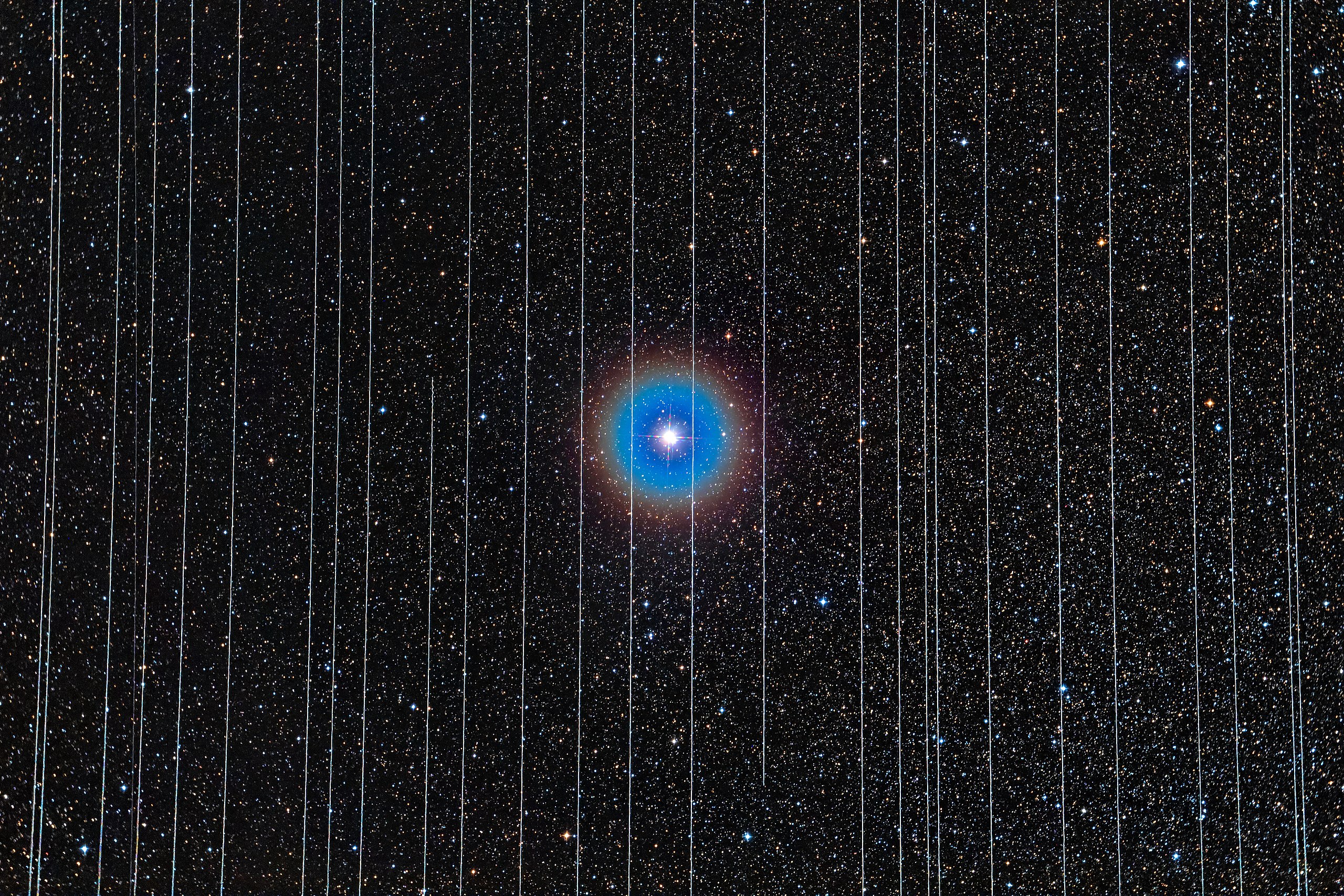
Telescopes searching for brief flashes like supernovae and asteroids have to contend with a rising number of glints from satellites. These glints can last for a fraction of a second, but they're bright enough to be recorded as a starlike object in the field of view of a survey like the Vera Rubin Observatory. In a new study, astronomers identified tens of thousands of these glints captured by a survey telescope, and there could be 80,000/hour happening across the sky.
Continue reading
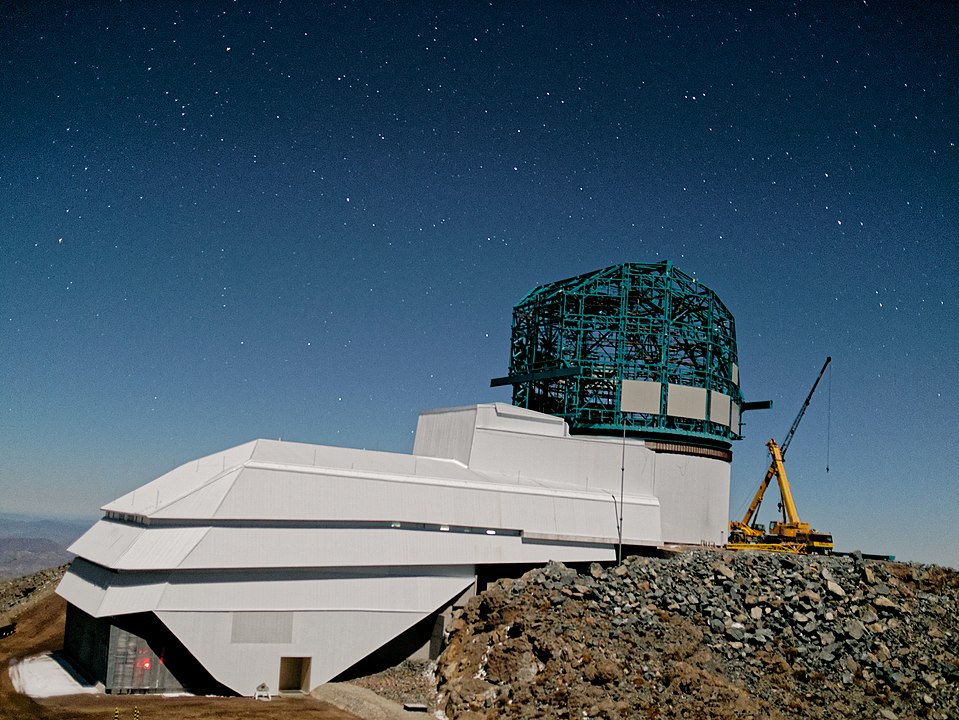
Continue reading
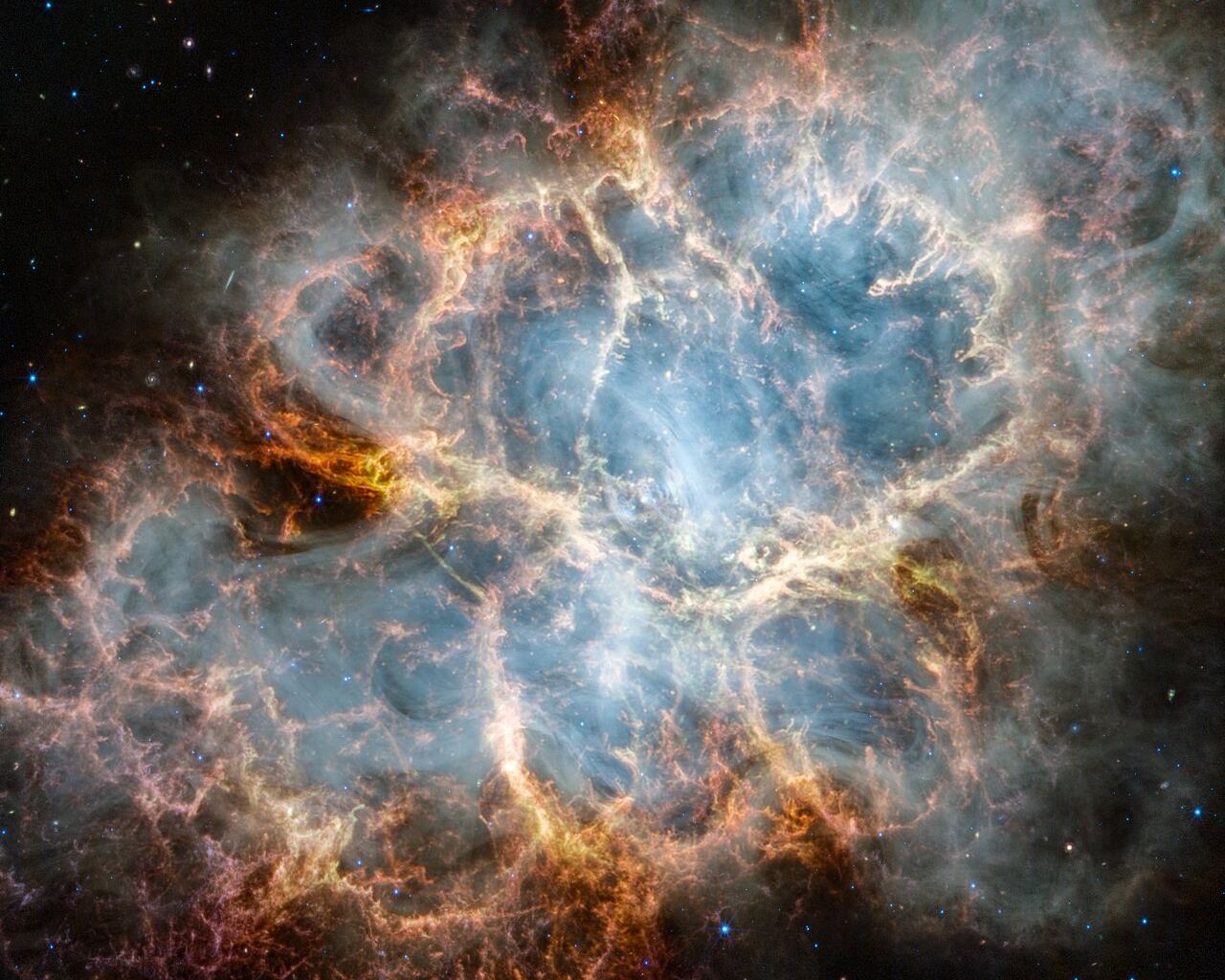
Continue reading
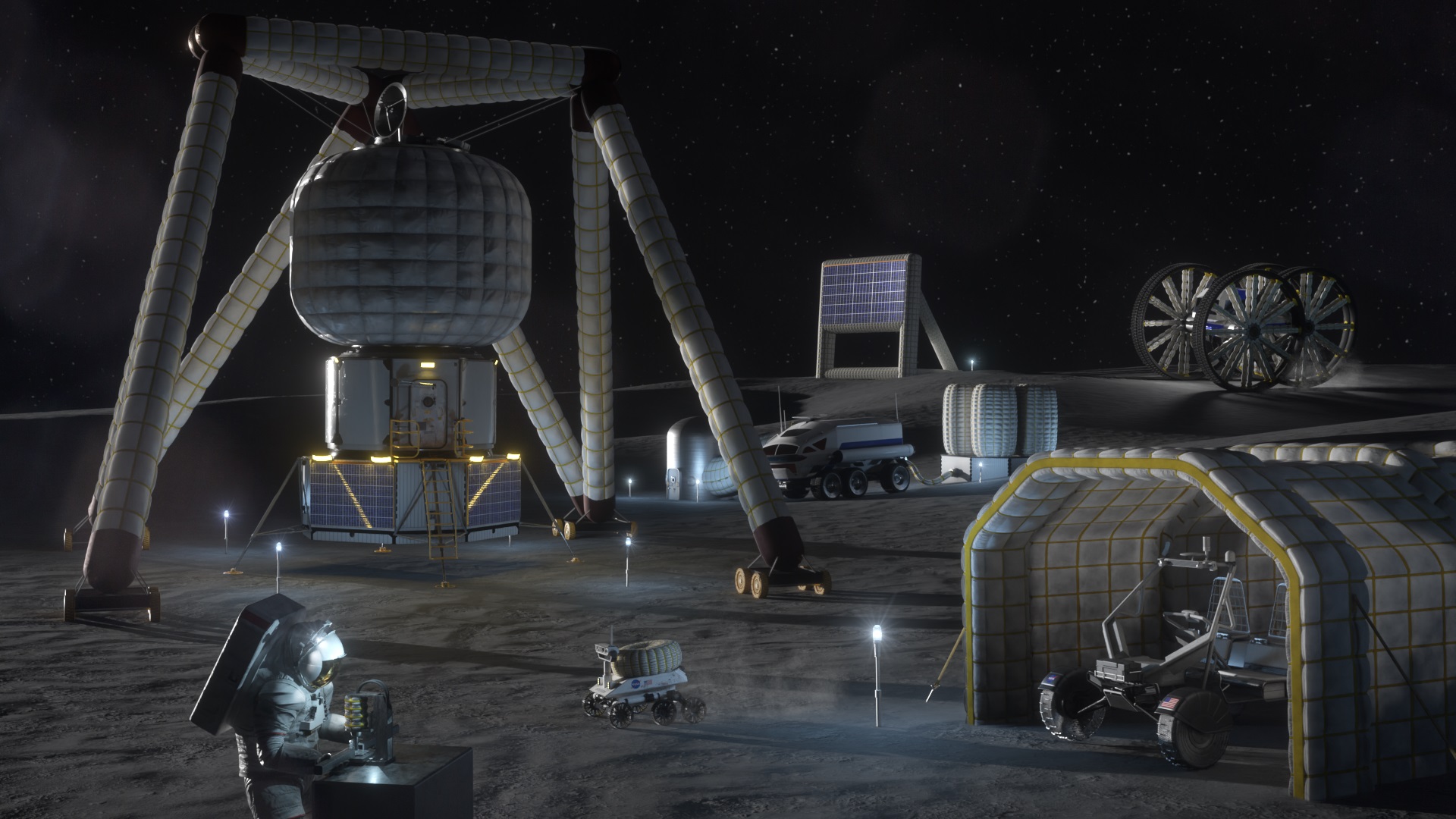
NASA's 2024 BIG Ideas Challenge is seeking innovative ideas for building inflatable habitats on the lunar surface!
Continue reading
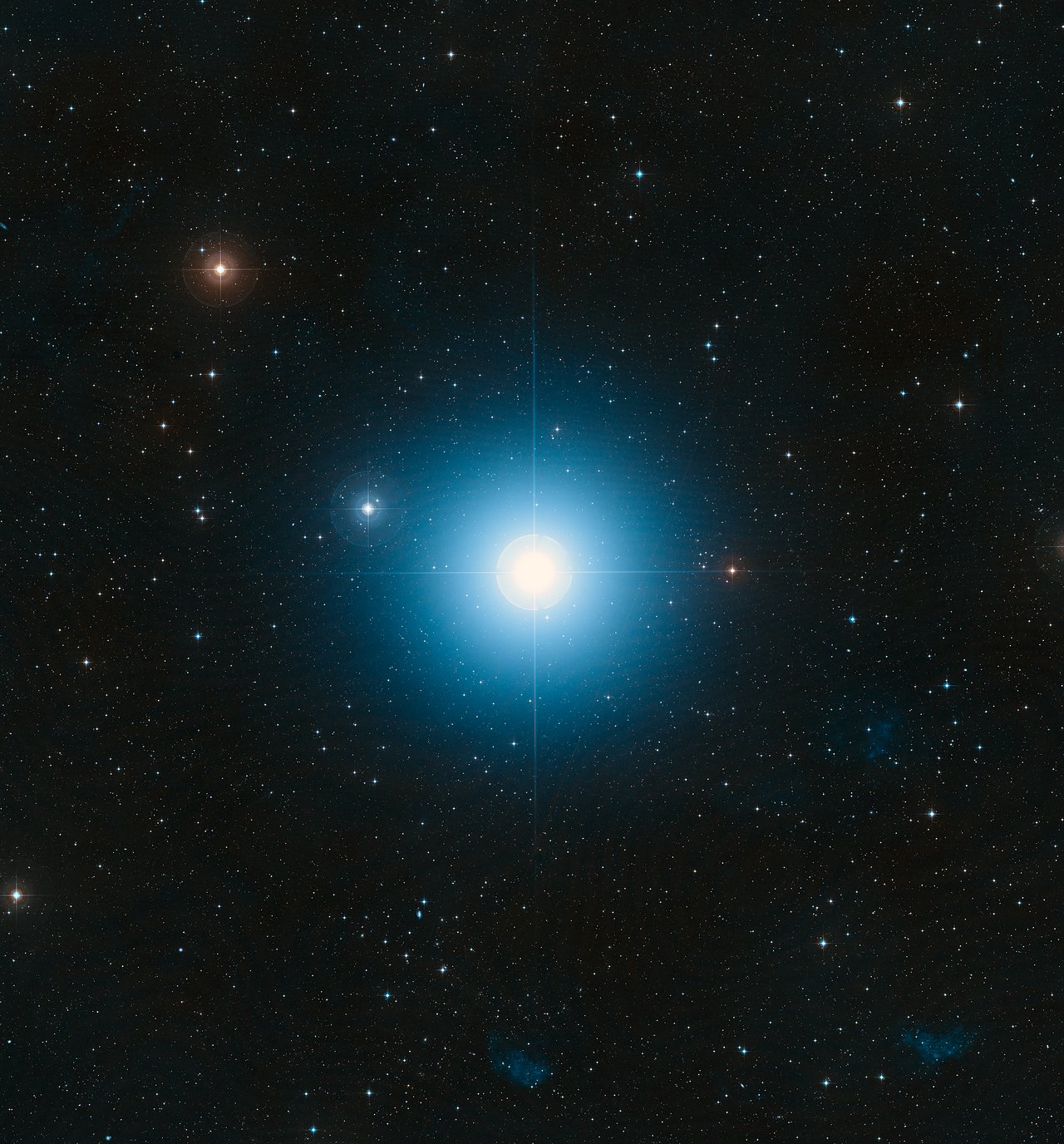
Continue reading
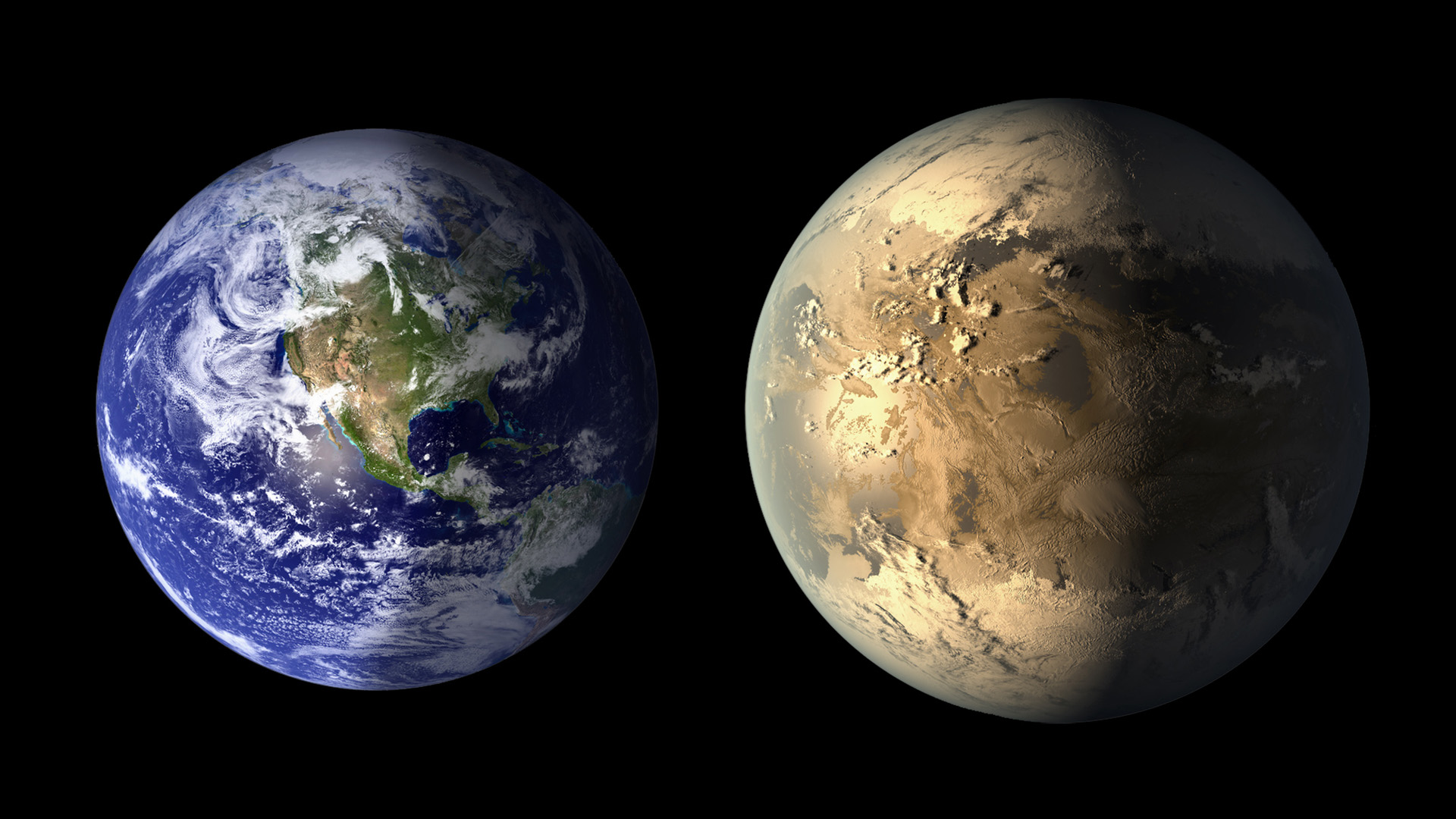
Astrobiologists have difficulty finding a single chemical that proves conclusive life on an exoplanet. A new paper suggests that studying a planet's atmosphere in context with its neighbors might be the way. You could measure carbon compared to other planets in the same system. A low amount of carbon could indicate oceans, plate tectonics, or life itself. The good news is that JWST is sensitive enough to make the observations in the TRAPPIST-1 system.
Continue reading
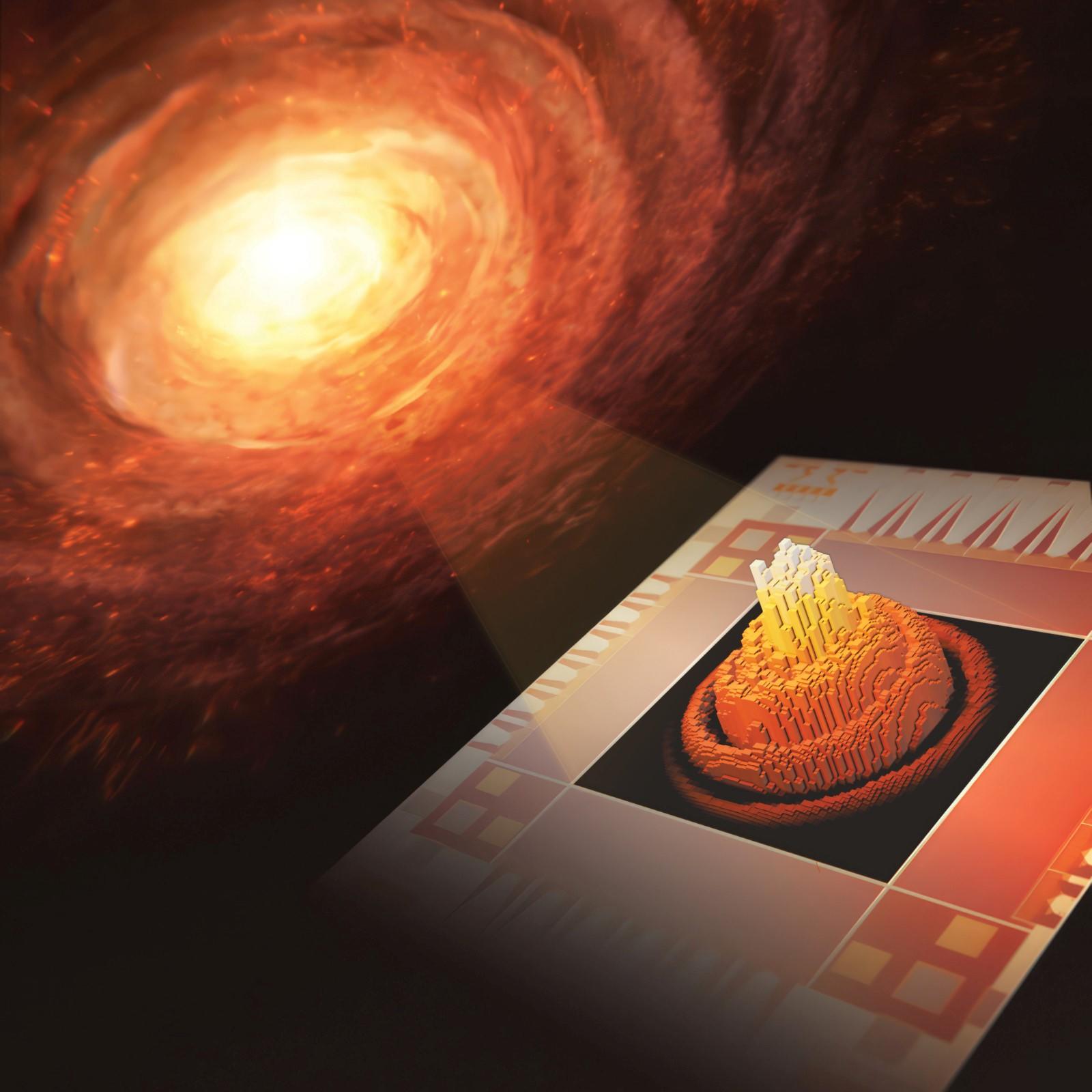
Continue reading
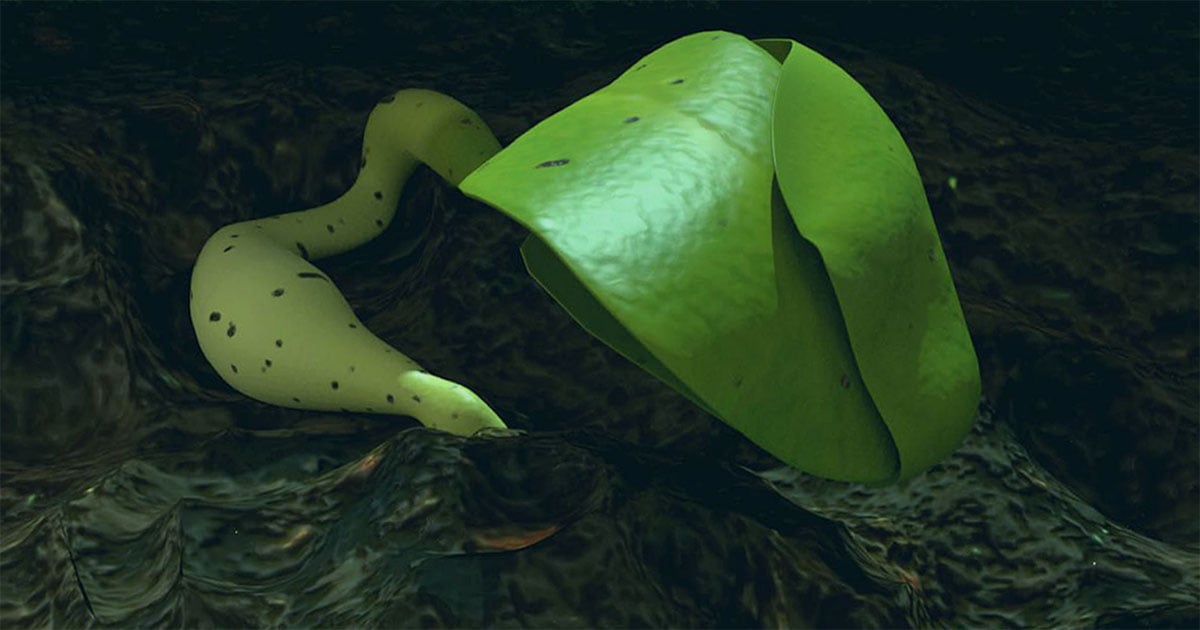
China's Chang'e-4 mission grew the first plants on the Moon, and the results of the experiment could lead to lunar greenhouses someday!
Continue reading
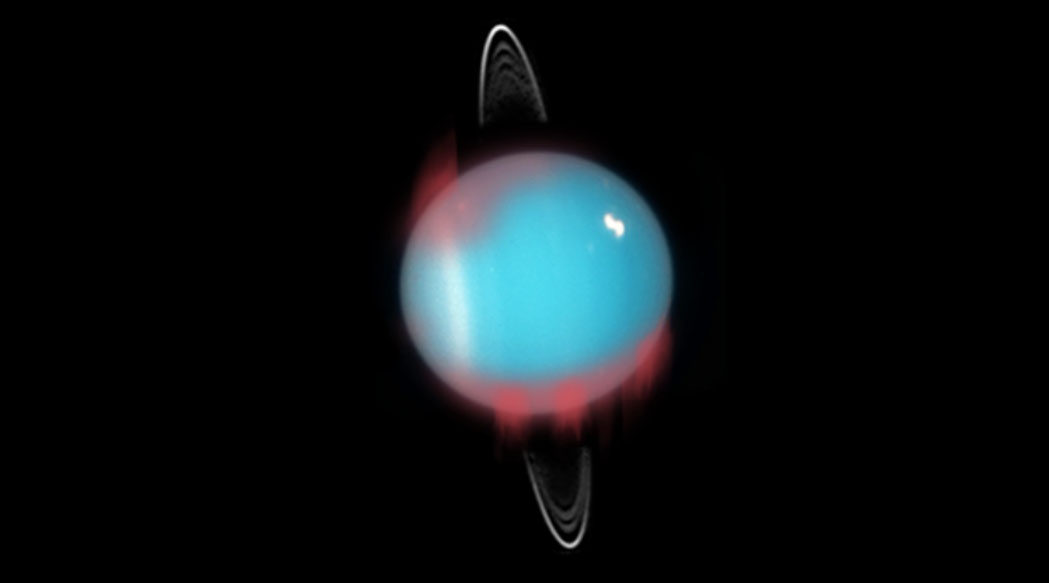
Continue reading

On July 15th, 2023, astronomers discovered an asteroid 43 meters across, two days before it passed within a quarter of the distance from the Earth to the Moon. If it had struck the Earth, it would have impacted with 1.5 megatonnes of energy and caused significant local damage. Is there anything we could do to stop asteroids this size from causing damage, even if we have just hours or days of notice? Surprisingly, yes, with the "pulverize it" method.
Continue reading
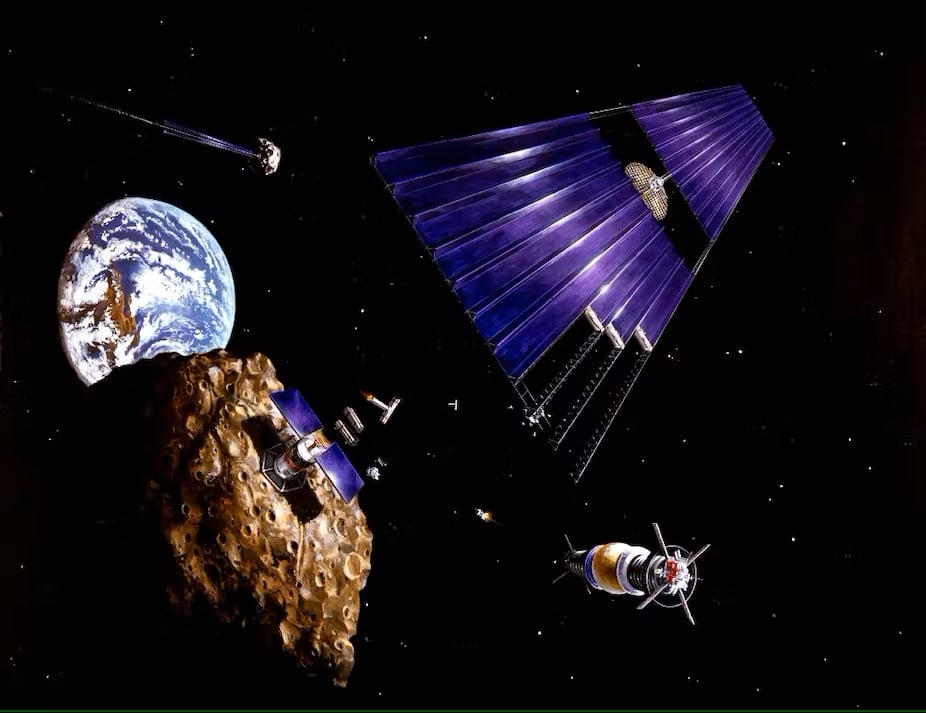
Continue reading
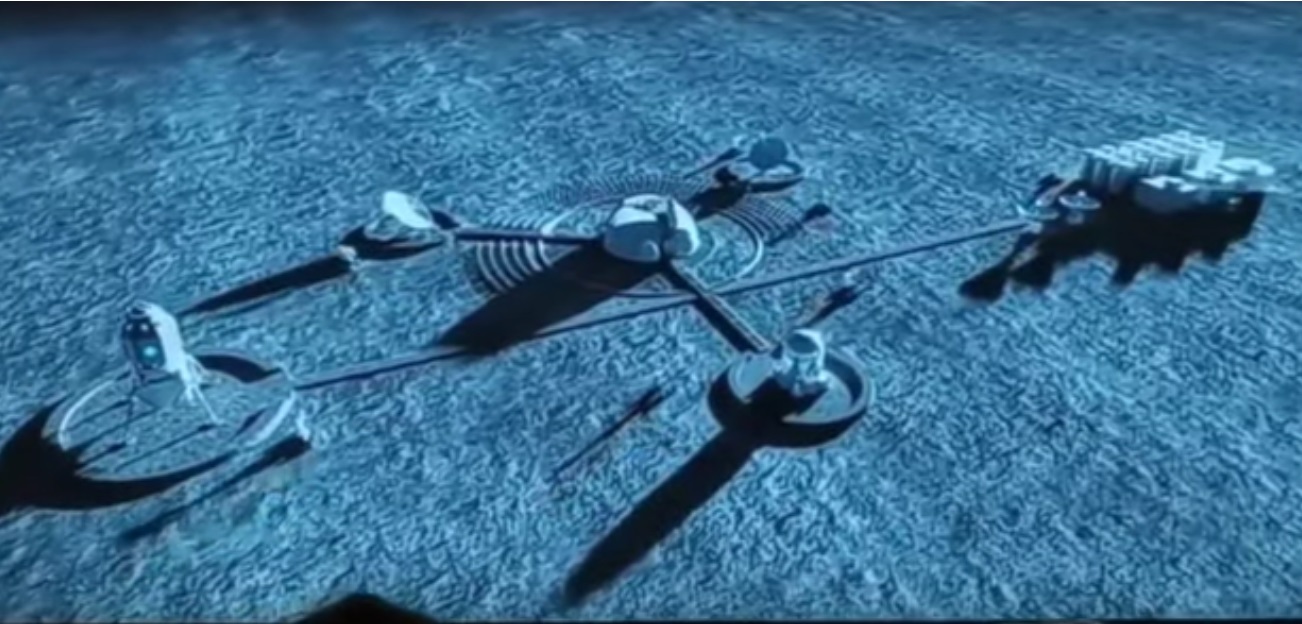
In a recent bootlegged video, China provided a detailed look at their plans for the future of lunar exploration.
Continue reading
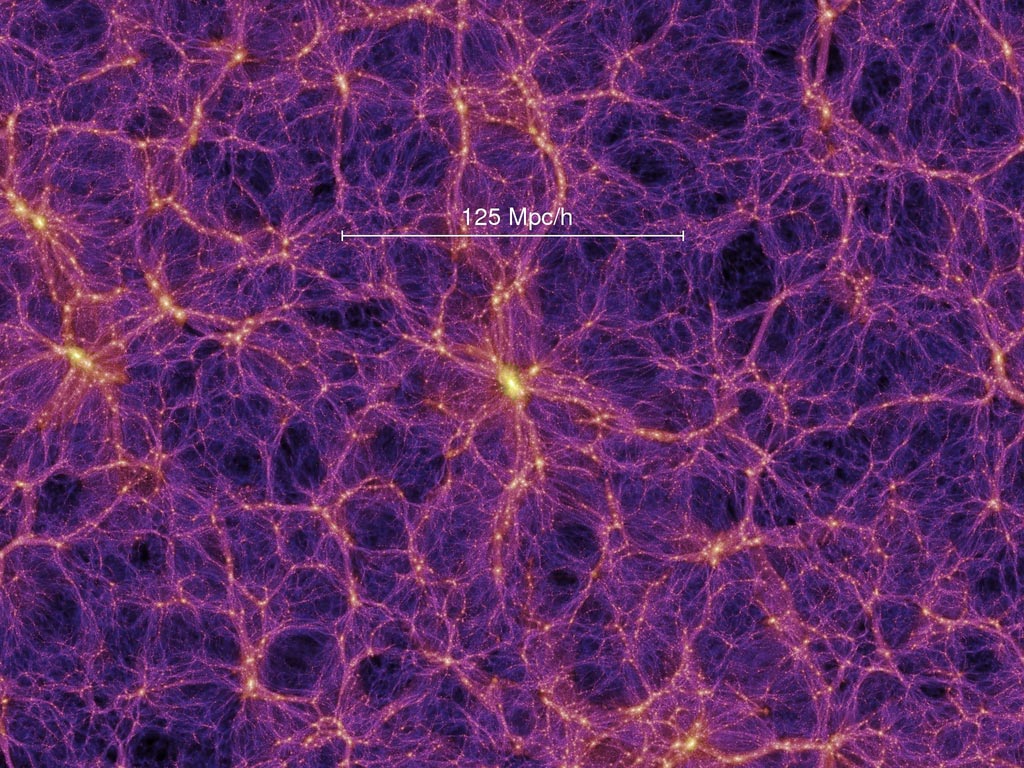
Continue reading
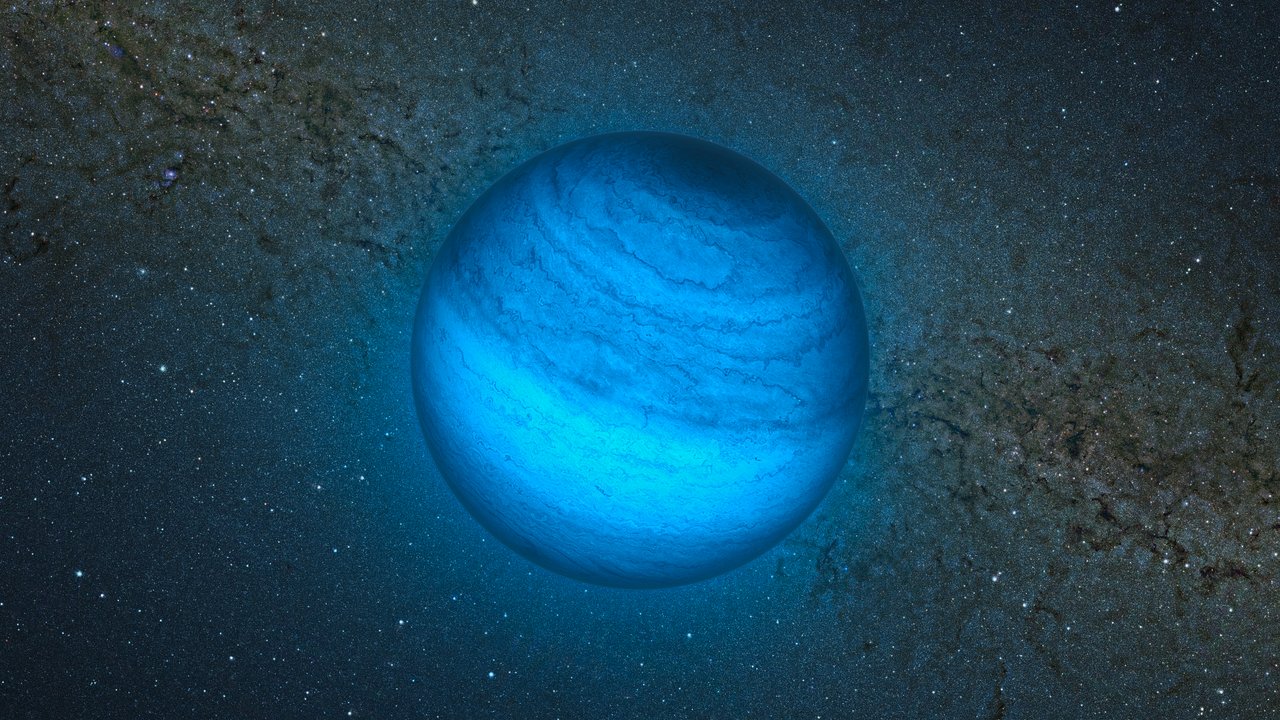
Astronomers are discovering that free-floating, rogue planets are common in the Milky Way. Hundreds were recently found in the Orion Nebula. Discovering the mechanism for these rogue planets is still a challenge. A new paper suggests that misaligned binary star systems are unstable shortly after formation, with more massive planets kicking out the smaller worlds. They predict that there should be many more low-mass planets out there to find as instruments improve.
Continue reading
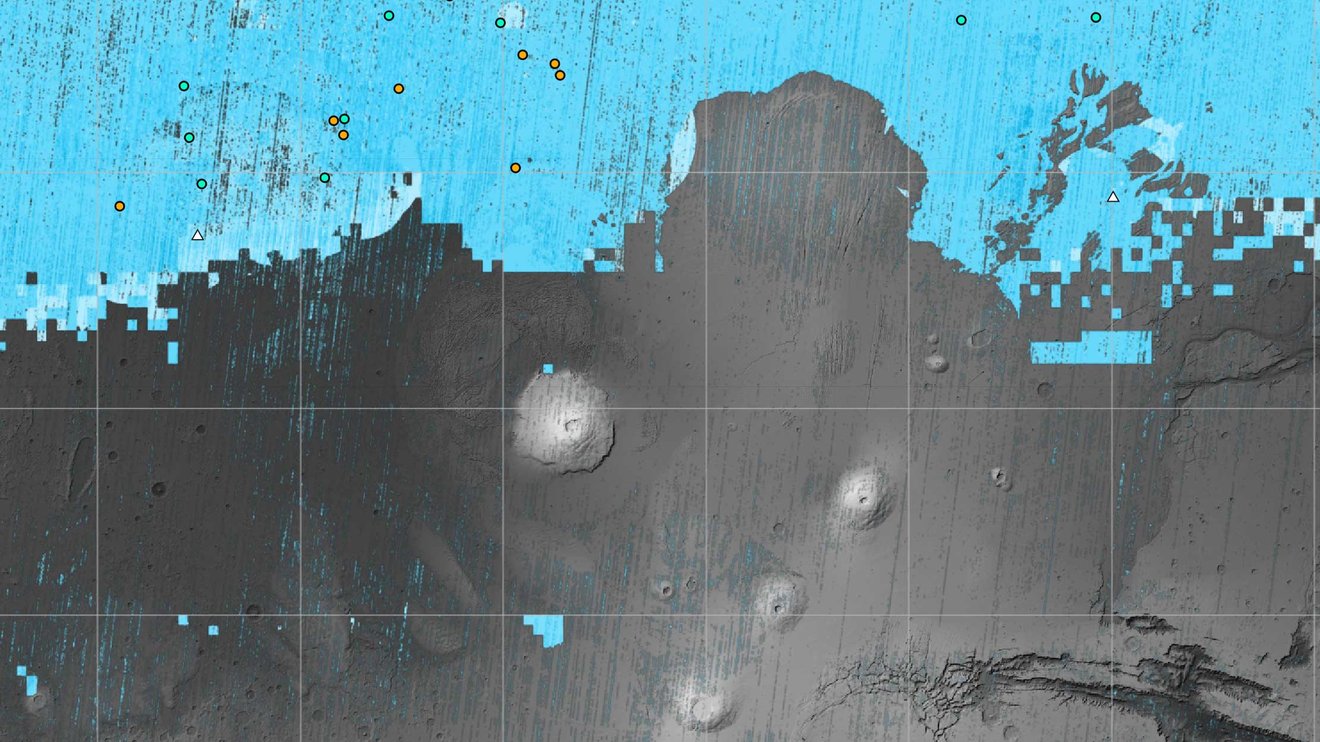
Continue reading




















